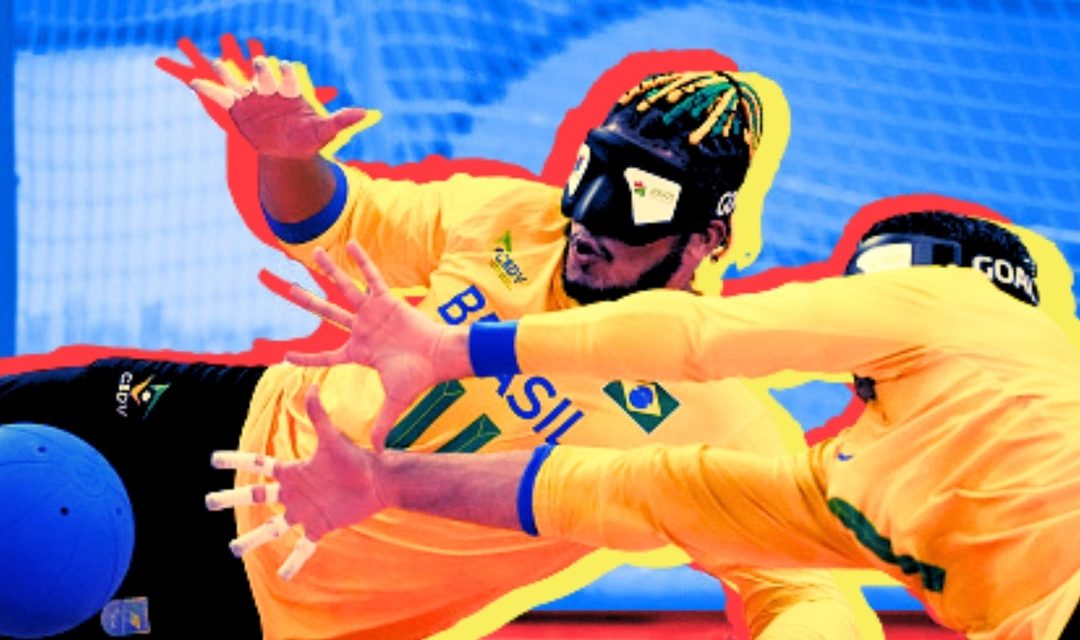From the mass congregation of the world’s best athletes to nail-biting competitions held in iconic venues, the Paralympics mirror the Olympics in a bunch of ways. But, there are a few key differences. One prime example: The sport of goalball, which is completely unique to the Paralympic Games. In fact, it’s one of just two Paralympic sports that doesn’t have an Olympic counterpart.
If you’re not familiar with goalball, well, now’s the time to get schooled. In anticipation of the 2024 Paralympic Summer Games—kicking off in Paris on August 28—we did a deep dive on this intense, fast-paced sport. From its origin story to all the must-know rules to why athletes wear those special goggles and more, here’s your beginner’s guide to everything goalball.
What kind of sport is goalball?
Goalball is a team sport, and the, um, goal of it is to get your team’s ball into a net past your opponents to score points. Unlike most other team sports, though, silence is required in the venue while play is in progress. That’s important, since the balls contain bells inside; athletes use their ear-hand coordination to block the shots, so they have to be able to hear clearly what’s going on. The sport is played exclusively by athletes with vision impairments.
So what’s the history of goalball?
There’s a pretty cool backstory behind this sport. It dates back nearly eight decades—to 1946, to be precise—when Hanz Lorenzen of Austria and Sepp Reindle of Germany developed it as a way to help rehab soldiers who were blinded in war. In the following years, as players honed their skills, goalball became a more competitive sport.
It made its Paralympic debut as a “demonstration sport” at the 1972 Games in Heidelberg (basically, it was played at those Games, but didn’t yet have a secured spot at future Paralympics) and was then officially added to the program at the 1976 Toronto Games.
Two years after that, the first goalball World Championships were held in Voecklamarkt, Austria. Just men participated in those first competitions. Women’s goalball took to the global stage with the 1982 World Championships in Indianapolis, Indiana, and in 1984, women’s goalball debuted at the Paralympic Games in New York.
In the years since, goalball has expanded its footprint even more, with competitions hosted in countries around the world—including Brazil, China, and Algeria, to name a few—plus a biannual youth edition of the World Championships that kicked off in 2005.
Okay, walk me through how goalball is played.
Goalball is unlike any other sport and has its own set of rules and regulations. Like we mentioned, the athletes must be visually impaired, though the degree varies (which is where the black-out masks come in—more on those in a minute). The game pits two teams of six against each other, with three members from each team playing at a time.
A goalball match is just 24 minutes long, broken up into two 12-minute halves. It all takes place on a court that’s 18 meters long (about 59 feet) and 9 meters wide (nearly 30 feet) with raised markings on the floor to help the players orient themselves. There’s a massive goal on each end that spans the entire court width, and the objective is to net the ball—which weighs nearly three pounds and includes bells inside to help athletes detect its location—into your opponents’ goal.

